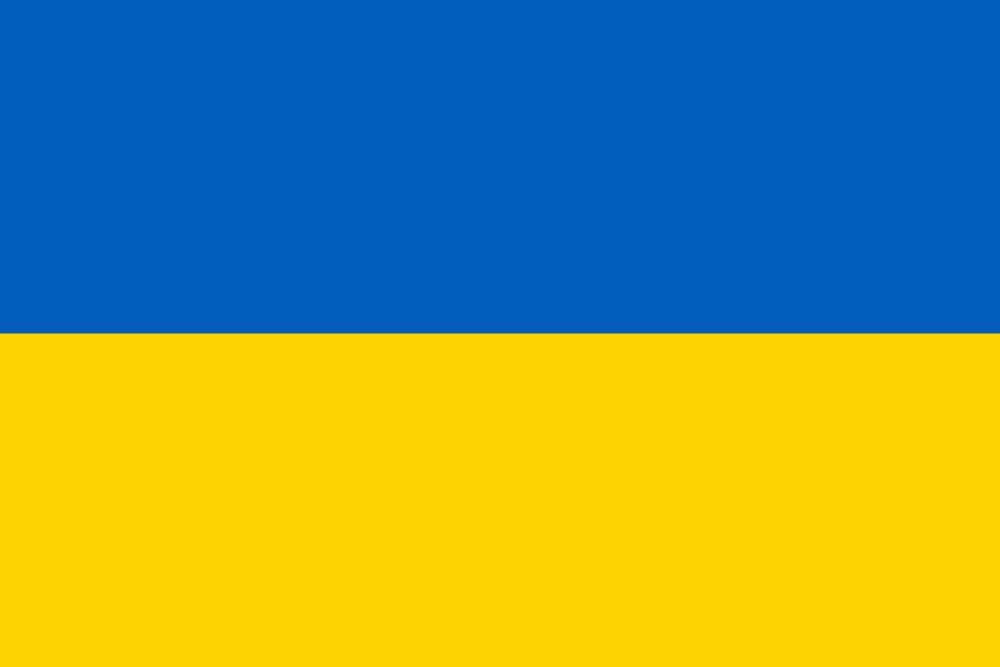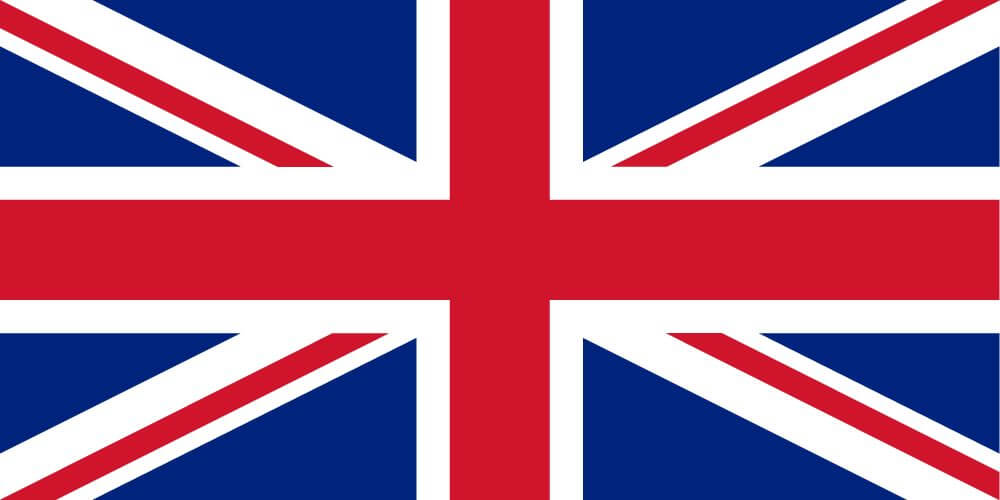Conflict Developments
The Armed Forces of the Russian Federation (hereinafter: AFRF), supported by private paramilitary groups, have intensified their attacks in several areas where hostilities have previously not taken place. For example, last week the ARFR attempted to carry out an offensive operation near Zaporizhzhia. On 23 January, another fruitless attempt to cross the Dnipro River by boat was undertaken by Russian subversion and reconnaissance groups.
In the Donetsk oblast Russian troops continue to attack Bakhmut and nearby settlements around the clock. Step-by-step, the city is being destroyed by Russian artillery. Only 5% of Bakhmut’s population remains. In the Luhansk oblast both Ukraine and Russia are mounting attacks near Kreminna. According to the General Staff of the Armed Forces of Ukraine (AFU), Russia is increasingly using aircraft in their offensives.
Last week, cities such as Kherson, Zaporizhzhia, Hulyaipole, Kupyansk, Vovchansk, Kramatorsk, Bakhmut, Kurakhove, Chasiv Yar, Kostyantynivka and other Ukrainian settlements located close to the Russian border were subjected to shelling. In light of the limits on electricity consumption, emergency power outages take place throughout Ukraine.
On the morning of 18 January, a helicopter crashed in Brovary (Kyiv region) carrying the Minister of Interior, his first deputy, and several other officials from the Ministry. All 16 passengers died. Civilians at the site of the at crash (near a kindergarten) were also killed. Some experts believe that the crash was an act of sabotage. At the funeral, Ukrainian President, Volodymyr Zelenskyy, said that there are no accidents in times of war.
Last week, the first photographic evidence emerged showing the damage caused to Russia’s S400 missile system. Some media outlets also published photos showing air defense systems deployed on strategic objects in Russia, as well as close to Putin’s residence. This may be a result of growing fears among the Russian population of possible missile and drone attacks by Ukraine.
As a result of an attack on Dnipro on 14 January, 127 people were injured with 46 killed, including six children. 40 people have been identified, with 9 still missing.
Russians have begun to use reconnaissance drones more frequently. According to Natalya Humenyuk, head of the United Coordination Press Center of Defense Forces of Ukraine’s South, this testifies to the preparation of the Russian military for new missile strikes. The focus of their attention is infrastructure and military objects.
Humanitarian Dimensions
According to official data provided by juvenile prosecutors, 459 children have been killed with 914 injured with varying degrees of severity. 13916 children are believed to have been deported.
A bill has been registered in the Ukrainian parliament seeking to suspend the operations of the Ukrainian Orthodox Church of the Moscow Patriarchate (UOC MP). Should this bill be adopted, its operations will be forcibly suspended.
The number of cases of people blown up by landmines in the liberated territories of Ukraine is increasing. For example, in Donetsk province three people have been blown up by In Kherson province, 3 residents have been injured in two days.
Since the launch of the “grain deal” on 1 August 2022, 659 ships carrying agricultural produce to 40 countries in Asia, Europe, and Africa, have left Ukrainian seaports. As of 18 January, almost 17.7 tons of agricultural produce were shipped. However, according to the Ukrainian Ministry of Infrastructure, Russia is sabotaging the inspection of ships in the Bosphorus. This leads to a long queue of over 100 ships. This is impacting the volume of exports. Last November the amount of exported agricultural produce dropped by 47% compared with October. It was during October that Russia started to cause problems. Thus, since October, Ukrainian ports have been forced to operate at half of their capacity, the size of the fleet able to enter the ports for loading has decreased, while the volume of exports has decreased by 3 million tons per month.
According to the Ukrainian Parliament Commissioner for Human Rights, Dmytro Lubinets, Russia is not complying with its obligations under the Geneva conventions. Ukraine respects international law by ensuring that Russian prisoners of war (PoW) are held in good conditions. Ukrainian PoWs complain about the conditions in Russian captivity which do not meet international requirements.
A mission of the International Atomic Energy Agency (IAEA) has a presence at almost all of Ukraine’s nuclear power plants. According to the organisation’s Director, Rafael Grossi, the situation in Ukraine shows is currently quite stable. Still a nuclear emergency or even an environmental disaster that could lead to serious consequences is possible any time. He also emphasized the fact that the IAEA has been deprived of the ability to impose sanctions on countries and their governments, including Russia.
The Russian army has destroyed at least 553 objects of Ukrainian cultural heritage, 234 of which have already been inspected by the UNESCO.
As a result of Russia’s invasion, Ukraine’s population may have shrunk to 33,5 million citizens. On 1 February 2022, it was approximately 41,1 million.
In occupied Mariupol over 50 damaged high-rise buildings have been demolished. The occupation authorities are planning to pull down about 1000 apartment buildings.
The “Wagner” private paramilitary group is currently composed of 50.000 soldiers fighting in Ukraine. According to Politico, the group is funded by gold mines in the Central African Republic.
As a result of the damage inflicted by Russia on the Kakhovka Reservoir, the water level has dropped. This leads to too rapid outflow of water from the reservoir, as well as shallowing and drying of its shallow ducts and bays.
Information Warfare Dimensions
Blatant talk of a further escalation of the war is increasingly visible in Russia’s official rhetoric. Kremlin Spokesman, Dmitry Peskov maintains that “the conflict in Ukraine is heating up and the involvement of NATO is gathering pace”. At the same time, Moscow rejects the possibility of a Ukrainian victory “on battlefield”. Russian officials, including Vyacheslav Volodin, the Speaker of the State Duma, have again threatened the use of nuclear weapons against Ukraine, should weapon deliveries from the West continue. On the eve of the meeting of Defence Ministers at the US’ Ramstein air base in Germany, Peskov said that supplying Ukraine with weapons that could strike at Russian territory could bring the conflict to a new level, and would lead to a further escalation of the war which would not bode well from the point of view of global and pan-European security.
Russians continue to make statements about the potential shelling of Ukraine’s energy infrastructure, particularly, its nuclear power stations. According to Sergey Naryshkin, Director of Russia’s Foreign Intelligence Service (SVR), the AFU are storing Western weapons on the premises of Ukrainian nuclear power stations, in particular, at the Rivne Nuclear Power Station. Moscow therefore claims that a Ukrainian missile could potentially hit the station.
The Kremlin is coming up with different explanations to justify its aggression. The Russian information space has been teeming with statements by Russian officials claiming that biological laboratories in Ukraine have been exposed thanks to the “special military operation”.
Anti-Western and anti-European narratives also dominate the Russian information space. The Kremlin claims that the west poses a threat to Russia. The meeting of Ministers of Defense at Ramstein has been portrayed as “operation Barbarossa 2.0” against Russia. Russia is also weaponizing history. For example, Moscow has likened the actions of the EU institutions to plans hatched by “Napoleon and Hitler” vis-à-vis Russia. The Kremlin also claims that despite external pressure, Russia would be able to “restore everything”. Threats targeting “Paris” have been issued. Moscow believes that EU resources are limited.
Russia is deploying conscription narratives throughout the population explaining the threats posed to the country. Air defense systems have been spotted on some buildings in Moscow. According to Peskov, the defense of the Russian capital is the responsibility of the Ministry of Defense. He referred to the Ministry all questions related to the alleged installation of an air defense systems on the roof of the Ministry and other Moscow buildings.
Hysteria regarding “security threats” emanating from Belarus continues to be whipped up. On 23 January, Belarusian President, Aleksandr Lukashenko spoke about beefing-up the Belarusian border to respond to security threats. On 19 January, Russian Foreign Minister, Sergey Lavrov discussed enhancing the strategic union between Russia and Belarus with Lukashenko.
Narratives about the West and the USA fighting Russia through Ukraine, at the expense of “Ukrainian victims” are being promoted. Russia continues to warn Ukraine against a possible missile strike on “Russian Crimea”. The Kremlin has issued official statements saying that a further escalation is inevitable, if the West continues to deliver weapons to Ukraine that could be used against Crimea. Messages reiterating that Russia will escalate the conflict in the event of a greater NATO involvement in the war are also being spread. Russia maintains that European armies are preparing to invade Russia. Russia has also threated Poland. Moscow claims that both the internal and external agenda of Poland is bogged down in the events in Ukraine and Warsaw may face internal “protests”. Lavrov has referred to the war waged by the West on Russia as “almost real”.
“The yellow level” of terrorist threat in some of Russian provinces bordering Ukraine (Kursk and Belgorod province) has been extended.
“Partial mobilization” measures continue in Russia. Peskov has said that the “decree on partial mobilization remains in force as far as the completion of tasks by the military is concerned”.
This Ukraine Situation Report is prepared in the framework of the project “Building Resilience in Conflict Through Dialogue” funded by the European Union


